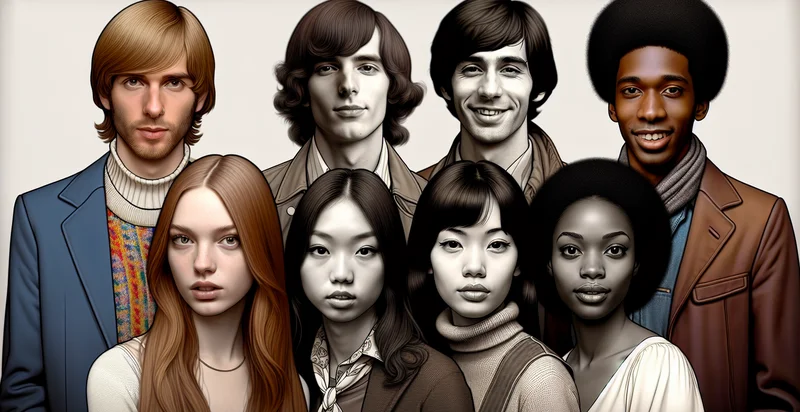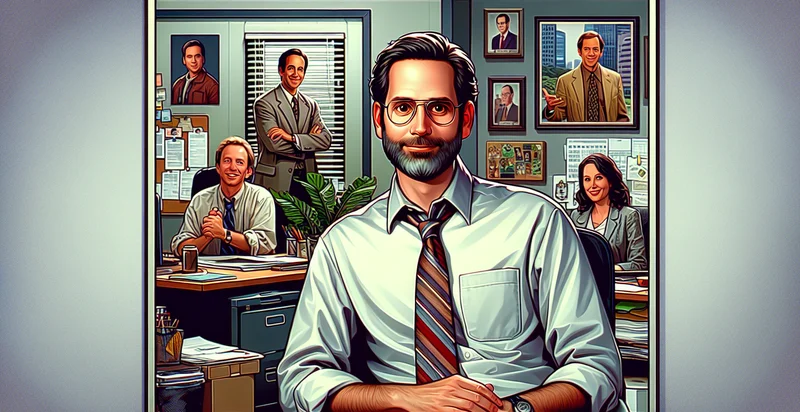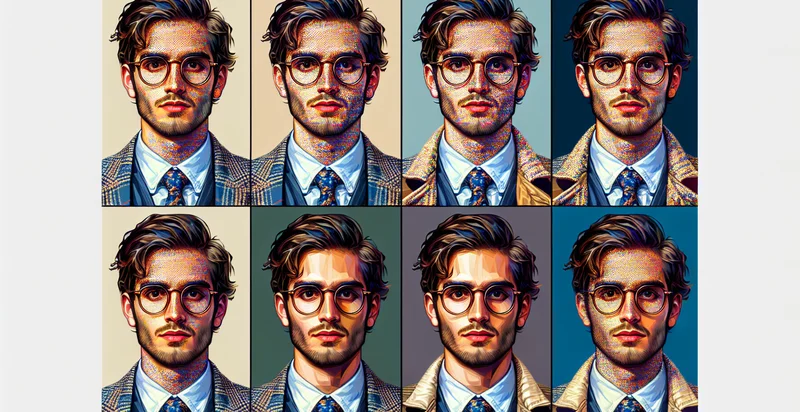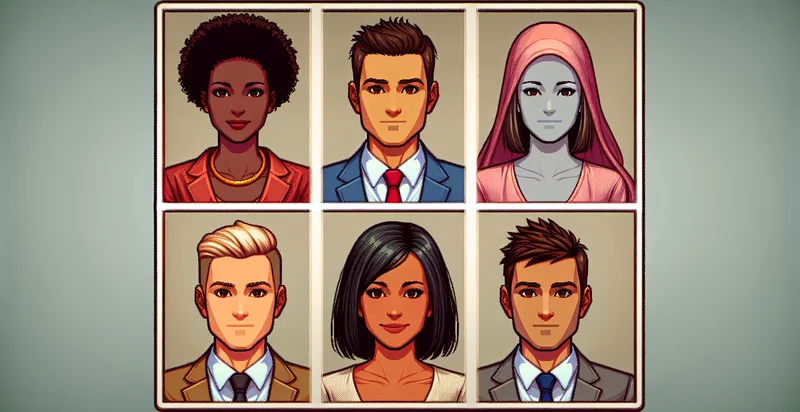Identify which character from That 70s Show you look like
using AI
Below is a free classifier to identify which character from That 70s Show you look like. Just upload your image, and our AI will predict which character you look like - in just seconds.

Contact us for API access
Or, use Nyckel to build highly-accurate custom classifiers in just minutes. No PhD required.
Get started
import nyckel
credentials = nyckel.Credentials("YOUR_CLIENT_ID", "YOUR_CLIENT_SECRET")
nyckel.invoke("which-character-from-that-70s-show-you-look-like", "your_image_url", credentials)
fetch('https://www.nyckel.com/v1/functions/which-character-from-that-70s-show-you-look-like/invoke', {
method: 'POST',
headers: {
'Authorization': 'Bearer ' + 'YOUR_BEARER_TOKEN',
'Content-Type': 'application/json',
},
body: JSON.stringify(
{"data": "your_image_url"}
)
})
.then(response => response.json())
.then(data => console.log(data));
curl -X POST \
-H "Content-Type: application/json" \
-H "Authorization: Bearer YOUR_BEARER_TOKEN" \
-d '{"data": "your_image_url"}' \
https://www.nyckel.com/v1/functions/which-character-from-that-70s-show-you-look-like/invoke
How this classifier works
To start, upload your image. Our AI tool will then predict which character you look like.
This pretrained image model uses a Nyckel-created dataset and has 15 labels, including Eric Forman, Donna Pinciotti, Michael Kelso, Jackie Burkhart, Hyde, Red Forman, Kitty Forman, Fez, Bob Pinciotti and Midge Pinciotti.
We'll also show a confidence score (the higher the number, the more confident the AI model is around which character you look like).
Whether you're just curious or building which character from That 70s Show you look like detection into your application, we hope our classifier proves helpful.
Related Classifiers
Need to identify which character from That 70s Show you look like at scale?
Get API or Zapier access to this classifier for free. It's perfect for:
- Social Media Engagement: A social media platform could implement the character identification function to boost user engagement by allowing users to upload photos and receive feedback on which character from "That '70s Show" they resemble. This fun and interactive feature can encourage sharing of the results, increasing the platform’s reach and user activity.
- Personalized Merchandise: An online merchandise store could leverage this function to suggest personalized products based on the character likeness identified from user photos. For example, users who resemble certain characters could be shown specific T-shirts or collectibles, boosting sales through targeted marketing strategies.
- Entertainment Quizzes and Games: A mobile app or website focused on entertainment and quizzes could integrate this function to create a "Which '70s Show Character Are You?" game. Users can have fun comparing their looks with iconic characters, thereby increasing app traffic and session duration.
- Virtual Character Meetups: An online community or virtual event platform might use this feature to create themed character meetups based on user likenesses. Participants could connect with others who resemble the same character, fostering a sense of community among fans of the show.
- Talent Casting and Auditions: A casting agency could utilize this function in the talent scouting process for shows or productions that draw inspiration from retro themes. By suggesting actors who visually resemble beloved characters, they can streamline the casting process and appeal to nostalgia-driven audiences.
- Influencer Marketing Campaigns: Brands looking to connect with a '70s nostalgia audience could incorporate this identifier into their influencer campaigns. By encouraging influencers to share their character comparisons, companies can create engaging content that resonates with target demographics.
- Educational Tool for Cultural Studies: Educational institutions offering courses on television history or cultural studies could utilize this classification function as a fun, interactive tool. Students can explore the impact of the show's characters on societal perceptions and personal identity, making learning more engaging.


